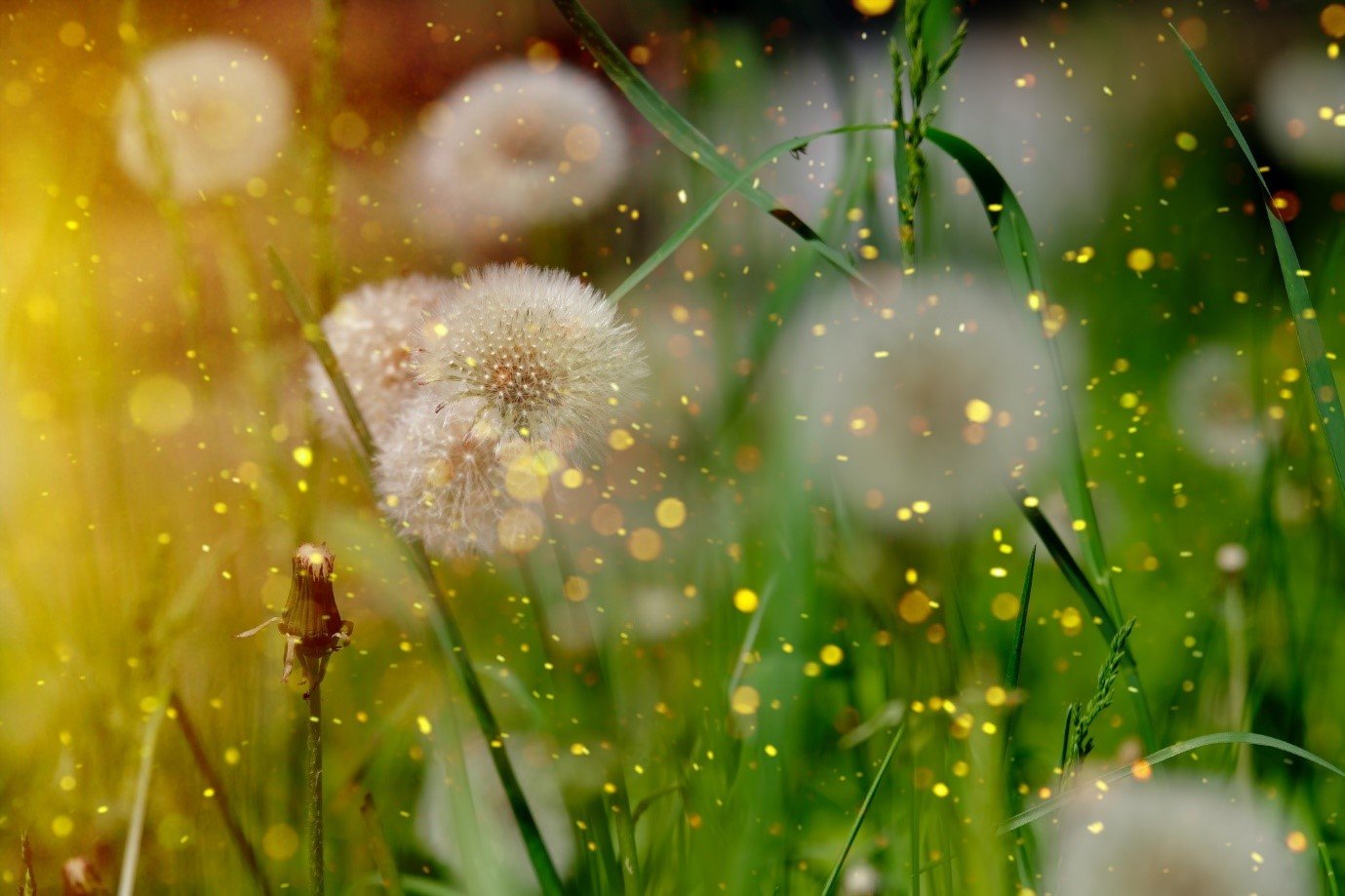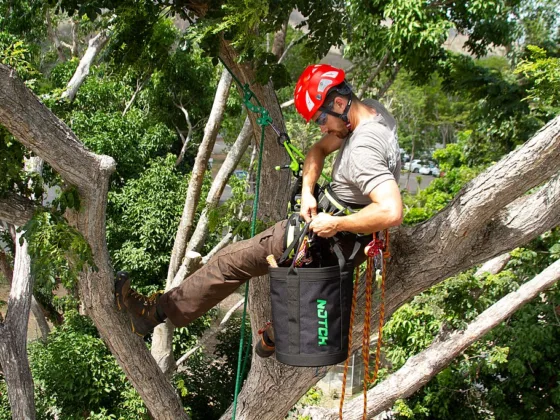Table of Contents Show
Are you dealing with weeds in your lawn? Everyone wants a perfectly green lawn, but now and then, different weeds can invade your lawn and kill your grass. Some weeds are easy to get rid of, and some take a little more effort to get the job done.

If you need help maintaining your yard, this is the article for you. Keep scrolling because we’ll be going over the different types of lawn weeds.
Read Also:
What is a Lawn Weed?
“Weed” can be a very subjective term in the world of gardening. This is because it isn’t considered a botanical term like perennial or annual. The word weed simply means “an unwanted plant, causes harm to other plants or is in the wrong place.”
Lawn weeds can overtake nutrients from the surrounding grass, causing them to weaken or die, and in general, doesn’t look good.
Types of Lawn Weeds
When it comes to lawn weeds, you can painstakingly get rid of them yourself, or you can try this company for fast and easy removal. Let’s go over the most typical lawn weeds homeowners encounter.
White Clover
The clover has been considered a lawn weed for the past 50 years and is a concern to most who have a lawn. The white clover has a 3-part leaf with a flower in the middle that is tinged in pink.
This Weed can grow to a height of 6 inches and spreads rapidly. If you want a healthy lawn, remove them immediately
Dandelion
The dandelion, which is found in all 50 states, is the most common weed you’ll find in your lawn. A dandelion has patchy leaves at its base with a long stem and yellow flower.
Dandelions can be mow-resistant and hard to get rid of.
Groundsel
Most confuse the groundsel for a dandelion because they both bloom a brilliant yellow flower. The most significant difference is a groundsel sprouts many flowers within the same plant.
This weed is toxic if eaten and can grow anywhere from 4-18 inches tall. This weed can spread rapidly
Stinging Nettle
The Stinging nettle is a plant that can grow 3-7 feet tall and produces stinging hairs. The plant contains chemicals that can irritate your skin, causing a burning sensation and immediate pain.
This plant is native to Europe but is also widely prevalent in the United States and parts of Canada.
Marestail
The marestail, also commonly called the horseweed, emerges in the fall and early spring and is native to North and Central America.
The flowers the marestail produces come in thick clusters and can grow to a whopping 5 feet tall. This weed can be chemical-resistant to its best to control it by pulling them from the roots.
Crabgrass
Crabgrass is a summer annual plant that generally grows in the summer. Crabgrass spreads rapidly and grows to about 2 inches long. The good thing about getting rid of crabgrass is that mowing often will typically be enough to prevent them from flowering.
What Can I do About Weeds?
There are different methods you can do to get rid of these types of lawns weeds. You can go all-natural by using a vinegar spray that will dry them out and kill them, or you can use a chemical spray such as glyphosate to get rid of them.
Or, you can go old school and pull them by the root individually. Choose the best method you feel comfortable with.
If you found this article helpful, please give it a share on social media.










